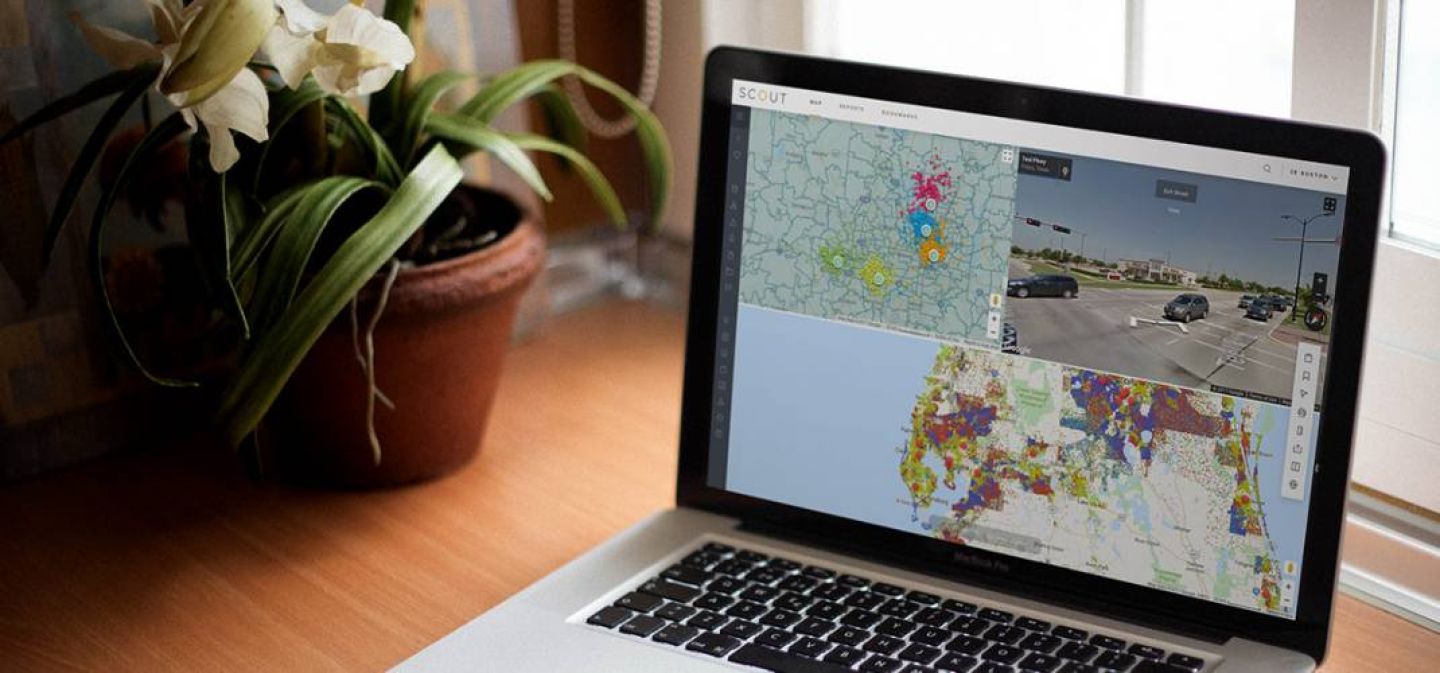GIS mapping is a buzzword in many fields, including real estate site selection and business strategy. But what exactly is GIS and how is it used?
In this blog post, we’ll define GIS mapping, explain the types of data elements that can be mapped, and highlight a few key applications of the technology.
What is GIS Mapping?
When you think about maps, images probably come to mind of paper fold-out roadmaps or perhaps an atlas you used in school days. But today’s GIS maps go far beyond the static maps of years past.
GIS is an acronym for geographic information system. It’s a specific type of mapping technology that allows you to layer data tied to geographic points. Rather than seeing just a few key features on a static map, GIS mapping allows you to view customizable combinations of data layers in a dynamic tool.
GIS mapping helps you to visualize and identify patterns that are difficult to see if the data elements are in table format. It also helps to identify patterns that emerge when you view two or more datasets together.
What Can be Mapped?
You can use GIS to map any data element that can be tied to a latitude and longitude (a geospatial point). In business, this may include the locations of current customers, the locations of consumers who have a high likelihood of becoming customers, the locations of competitors, estimates of demand for specific services per household, demographic characteristics such as average income, and more.
How is GIS Mapping Used?
Since GIS mapping technology allows you to turn data layers on and off, it can be used either to focus on specific data elements or to view new combinations of elements. Regardless of the approach, the goal is to identify patterns that can inform business decisions.
For example, a healthcare system strategist may use GIS mapping to view estimated demand for specific service lines layered over their organization’s network of locations. By looking at areas of high and low demand in relation to existing facilities, they may spot opportunities to optimize which service lines are offered at each location.
A retail or restaurant site selector may use GIS technology to view potential customer density, competitor locations, and other area draw factors to determine the viability of a potential site.
In many cases, the geographic information system allows users to run reports on the underlying data and can be used as the base for other analytics tools, such as site scoring tools.
Think that GIS mapping could be a helpful tool in your organization? Buxton's SCOUT application is a GIS tool that streamlines data visualization and decision making. Learn more about SCOUT and our platform.


